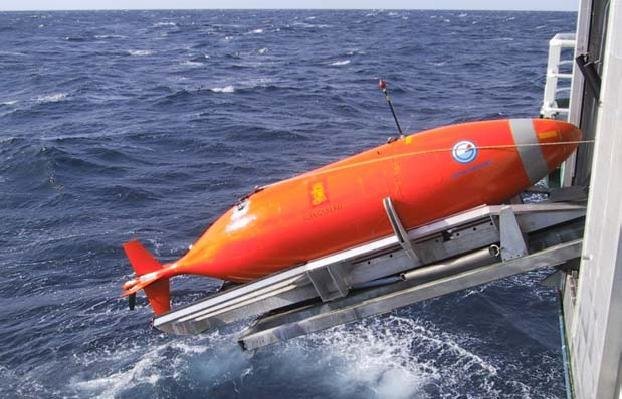During routine testing of a recently acquired Automatic Underwater Vehicle (AUV), the National Institute of Ocean Technology in Chennai made a significant discovery, resolving the seven-year mystery of a missing Indian Air Force transport plane. The AN-32 transport plane, carrying 29 people, disappeared on July 22, 2016, while en route from Chennai to Port Blair. The AUV, designed for deep-sea exploration, stumbled upon large debris during testing in the Bay of Bengal, ultimately providing closure to the long-standing mystery.
The recently-acquired Automatic Underwater Vehicle (AUV), designed for deep-sea exploration up to 6,000 meters, was imported from Norway by the National Institute of Ocean Technology (NIOT) about six months ago. During testing and training in the Bay of Bengal last week, the AUV made a notable discovery—a few metal parts, including a three-colored emblem known as a chakra. Initially mistaken for the remains of a shipwreck, the images were sent to the Indian Navy and the Indian Air Force for identification. The IAF confirmed it as the wreckage of their missing AN-32 transport plane. Following the plane’s disappearance in 2016, large-scale search and rescue operations were unsuccessful in locating any missing personnel or aircraft debris, according to the Defence Ministry.
NIOT had been sought for assistance during the initial search after the plane’s disappearance, but at that time, it lacked the specialized equipment it now possesses. The wreckage was discovered approximately 300 km off the Chennai coast during routine testing of the Automatic Underwater Vehicle (AUV). The AUV, unintentionally exploring the sea at a depth of about 3,400 meters, spotted the wreckage. The AUV captures photos and videos during its underwater explorations. The Defence Ministry confirmed that the images corresponded to the crashed AN-32 aircraft. The discovery at the probable crash site, with no other recorded history of missing aircraft reports in the same area, strongly suggests the debris belongs to the crashed IAF AN-32, according to the Defence Ministry’s statement.
